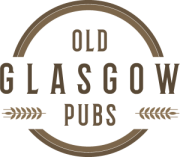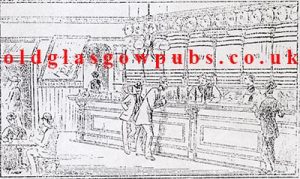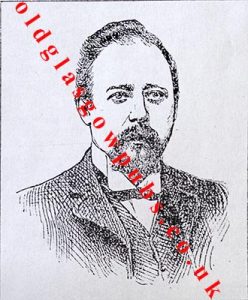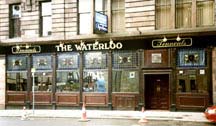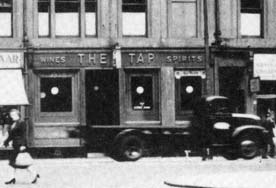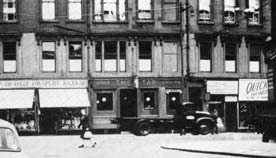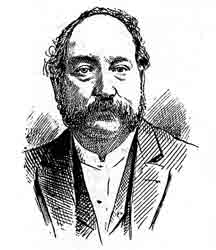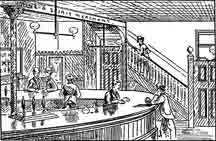![]()
253 Argyle Street, Glasgow. G2 8LY. Closed.

The Arches. 2008.
The Arches is reputed to be one of Scotland’s largest night clubs, with three floors, the top bar is called the Sky Bar.
The Arches officially opened for business as an arts venue in May 1991. The building had originally been converted as a temporary exhibition centre for European City of Culture celebrations in 1990 and some theatre was performed as part of the exhibition’s events.
The exhibition, Glasgow’s Glasgow, ended in November 1990 and the building was returned to a bare, empty space. In early 1991, theatre director, Andy Arnold, took on the lease in his own name and produced two theatre shows for Mayfest, the now defunct Glasgow arts festival. The shows were Noise and Smoky Breath – a devised piece based on a book of Glasgow poems and songs – and the Scottish premiere of Sexual Perversity in Chicago.
A few months later, Arches Theatre was formally established as a registered company and non profit making charity – Andy has been its Artistic Director ever since.
The building was very damp and cold in those days and there was practically no public funding available to contribute to running costs, let alone sort out any building repairs. The feeling was that the enterprise would last only a few months before a commercial developer, night club impresario, or even car parking company would move in to take on the lease. However, an incredible energy immediately enveloped this new arts venue and all who got involved with it.
A constant stream of events of all types were instigated. Arches Theatre Company produced a stream of work including absurd and irreverent theatre productions like Richard’s Cork Leg and Purple Dust and site specific work like The Crucible, Caligari, and Metropolis: The Theatre Cut, which was staged throughout the whole building with a cast of 100 actors and musicians. A new theatrical night club began, Café Loco with cabaret mayhem, Mischief La Bas, Gods of Glam, Stereo MCs, Scottish Sex Pistols, and the like every Saturday night, together with the forerunner of today’s Pressure – the now legendary Friday Night with Slam. Exhibitions and visitor attractions were set up to occupy the largely derelict top half of the building and included Dinosaurs Alive, The Iron Bru Pop Video Exhibition, and an event which quickly acquired cult status – Alien War.
During the first few years, four full time staff were employed, the bar was run by a local publican and any furniture was begged, stolen or permanently borrowed from the likes of Tramway and other public buildings, where old chairs and tables were unearthed from their basements. We felt like squatters in those days – artists and performers claiming an extraordinary home while always feeling that we were living on borrowed time – waiting for the bailiffs to arrive.
Up To Date News:
18/05/2015.
The Arches have had bad press for over a year now. After the death of a 17 year old Regane MacColl died as a result of taking Mortal Kombat ecstasy. Young people know the dangers of taking drugs in any form. It’s a shame that it takes a death for people to take head of the problem of drug taking in Glasgow’s Night Clubs.
For over 10 years I worked in most of the Night Clubs in the City of Glasgow. On an average night I would be in 6 different clubs. What I noticed very early in my job was that drugs were easily get in all the clubs in town.
The drug dealers in Glasgow had their clubs covered and if another dealer tried to force their way into a club there was war. On many occasions I witnessed many fights and stabbings in and outside clubs where the dealers were protecting their area.
For a drug dealer to have covered a night club meant many thousands of pounds could be made over one weekend.
Different night clubs in different areas in town were covered by different drug dealers. I met a few of them over the years I worked in Glasgow’s nite life. Most of them were very nice and pleasant but if you got on the wrong side of them, well lets say you would be better off not going into town.
Back to the Arches, the police and authorities want to close the night club down. To me I think the authorities want to make an example of the Arches and send a message out to other Clubs in town, if you allow drug dealers into your premises we will shut you down.
Well do you know what a drug dealer looks like, could you spot a dealer in a crowd of a few hundred party goers.” No I didn’t think so.”
When I worked in the clubs I could spot a drug dealer out and I got to know what to look for, but the ordinary clubber couldn’t unless you were an abuser yourself.
For the closure of the Arches will not change anything. The Arches is not just a night club, it is a world-renowned arts centre and vital part of Scotland’s cultural economy.
Sadly closed for good.
Do you have any memories about the Arches? If so please get in touch.
END.
